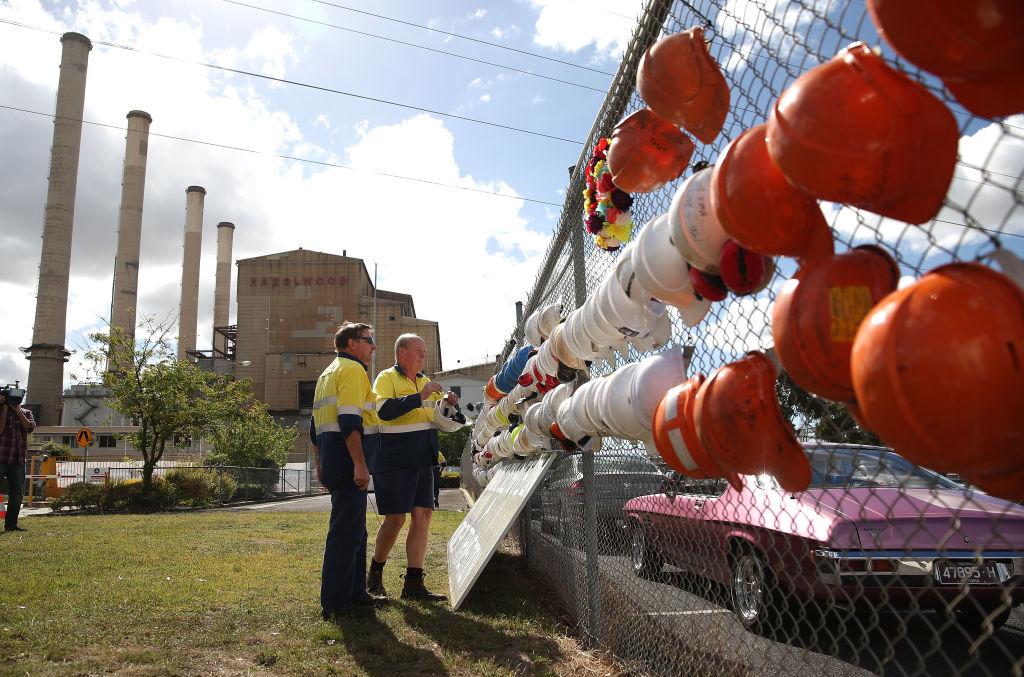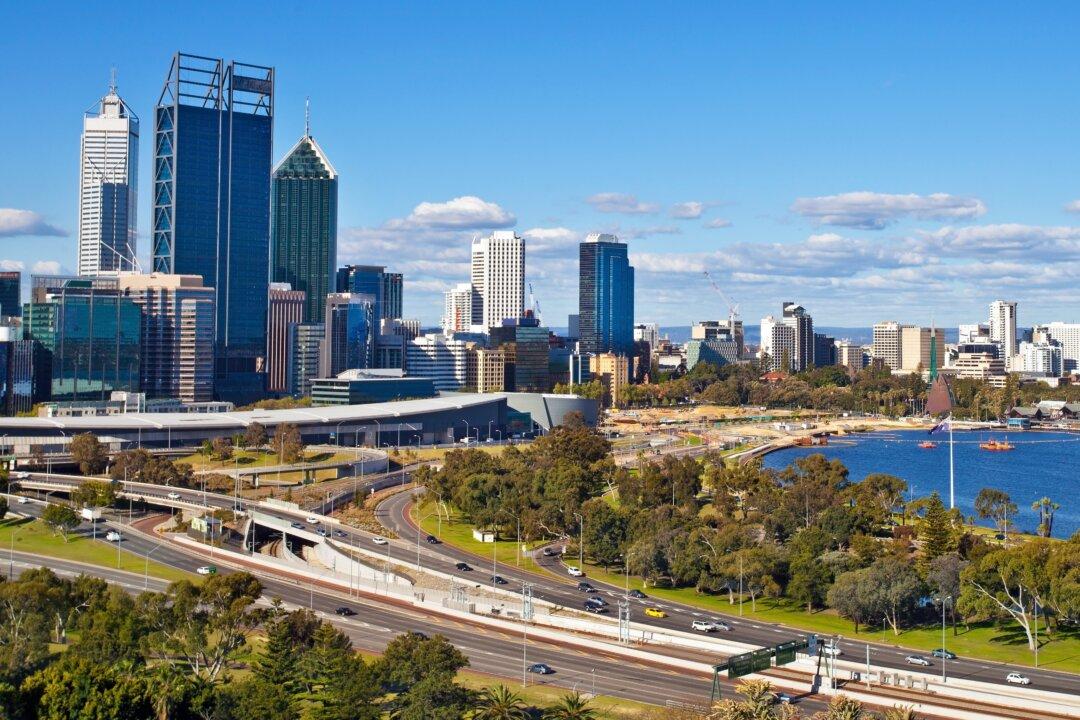If elected, the Australian Greens have promised to support workers with billions of dollars in wage subsidies and new employment opportunities as the lights dim across the nation’s fleet of coal plants.
It comes after the shock announcement of the early closure of Australia’s largest coal plant—the Eraring coal-fired power station in New South Wales—which will shut down seven years earlier than initially planned in 2025.





